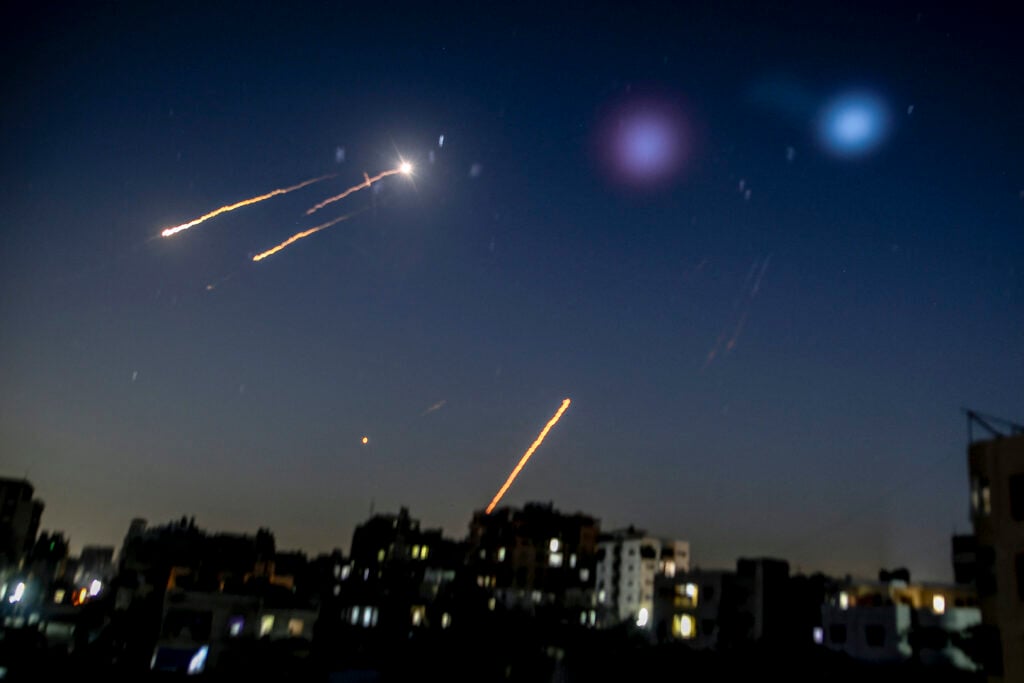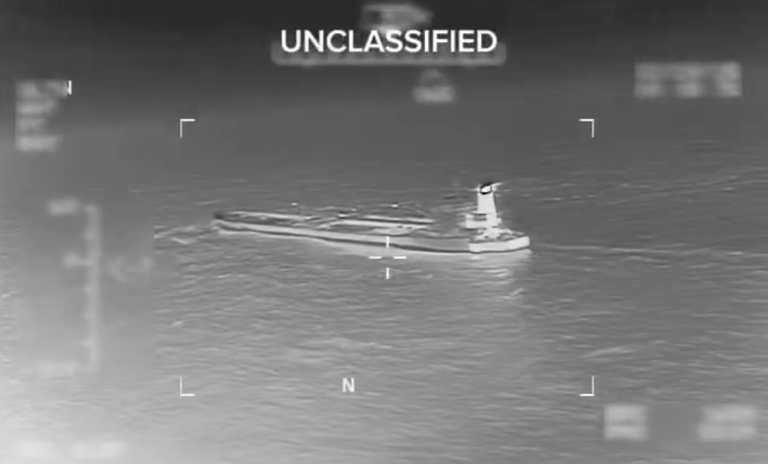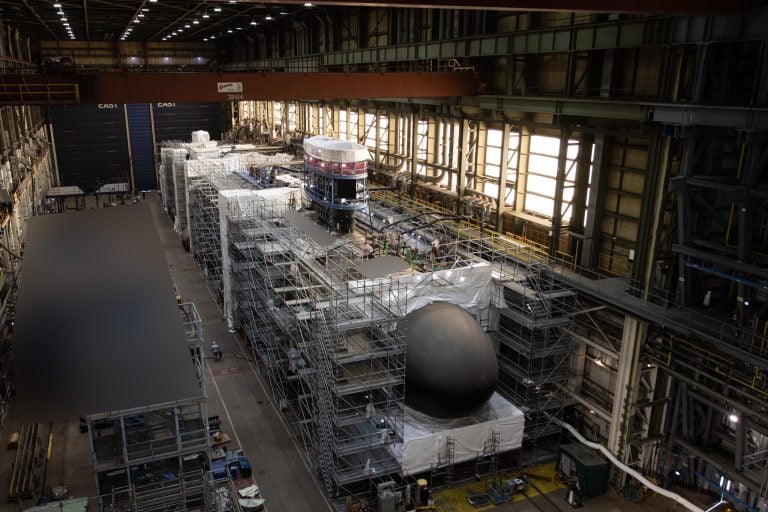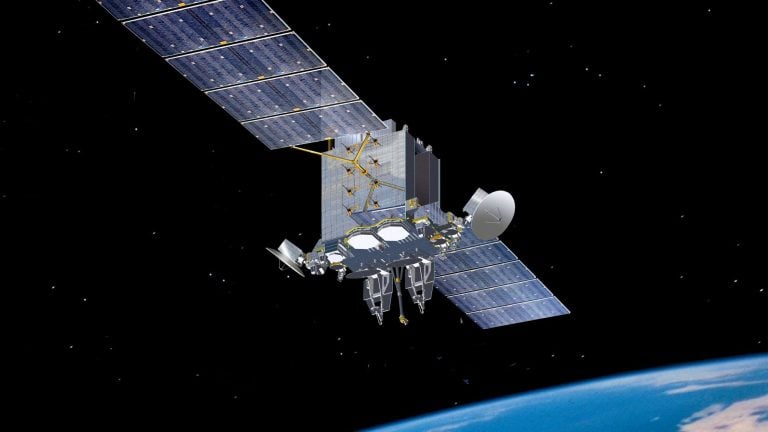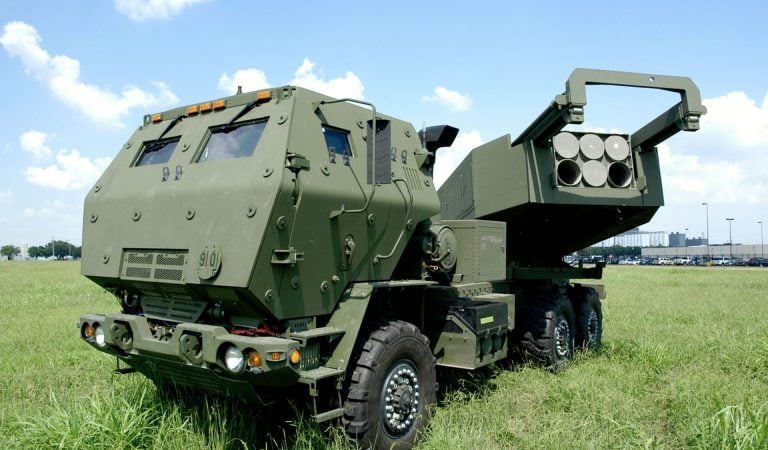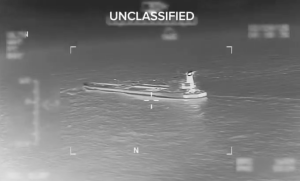In a recent interview with Business Insider, Boaz Levy, CEO of Israel Aerospace Industries (IAI), revealed that the country’s Arrow ballistic missile shield has been undergoing continuous enhancements during its ongoing conflict with Iran. These improvements are based on a rigorous analysis of Iran’s airstrike operations against Israel, whether they occur as individual attacks or as part of concentrated barrages.
The Arrow system is particularly significant, as it has evolved through its deployment in several confrontations, marking Israel’s third direct conflict with Iranian forces. Levy emphasized the importance of a dynamic development process that incorporates lessons learned from each engagement, allowing the Arrow system to adapt and improve after every instance of conflict. This ongoing optimization process, according to Levy, began following a significant attack from Iran in April 2024, where more than 120 missiles and drones were launched toward Israel.
The technology’s resilience was again put to the test six months later during another large-scale assault, which involved roughly 180 missiles aimed at Israel. Levy noted that the majority of these Iranian projectiles were successfully intercepted, further validating the Arrow system’s efficacy. He stated, “During this time, between April last year to this attack, we did have several upgrades of the systems,” underscoring the critical nature of adaptation in defense technology.
This year, hostilities intensified, beginning on June 13, when Israel launched a significant aerial assault aimed at crippling Iran’s military infrastructure and suspected nuclear facilities. In response, Iran unleashed a barrage that reportedly included around 500 ballistic missiles and over 1,000 drones aimed at Israeli targets. Although specific figures regarding the number of intercepted missiles were not disclosed, Levy affirmed that the Arrow system achieved at least a 90 percent interception rate on the projectiles it targeted. “I think that Arrow performed as expected,” he commented, underlining the system’s reliability under pressure.
The Arrow missile family, developed in collaboration with Boeing, was designed to provide the Israeli Defense Forces with a robust anti-ballistic missile defense akin to the U.S. MIM-104 Patriot system. Initially designed in the 1990s, the Arrow was first utilized in 2000, with later iterations, including the Arrow-3, designed to engage threats in the upper atmosphere. The Arrow-3 improved upon earlier models by achieving the capability to intercept targets in space. Notably, the missile weighs 2,800 kilograms (approximately 6,173 pounds), has a length of 7 meters (23 feet), and a diameter of 800 millimeters (31 inches). It can reach hypersonic speeds of Mach 5 and above, with a range of 150 kilometers (93 miles) depending on its specific configuration.
As Israel continues to develop and enhance its missile defense capabilities, the Arrow system stands as a critical component in the nation’s strategy to mitigate threats from adversarial forces. The unwavering commitment from IAI and Israeli officials to refine and optimize this technology reflects the ongoing challenges and complexities of regional security.
